On the afternoon of March 24, at Kien Trung Palace, Hue Imperial City, an exhibition of paintings by King Ham Nghi with the theme "Sky, Mountains, Water | Allusive Panorama" opened. The exhibition was organized by Art Republik Vietnam magazine in collaboration with the Hue Monuments Conservation Center and the French Institute in Vietnam.
The event took place at the same time Hue was preparing to open the National Tourism Year 2025 in combination with Hue Festival 2025, celebrating the 50th anniversary of Hue City Liberation Day (March 26, 1975 - March 26, 2025) and welcoming Hue to become a centrally-governed city.
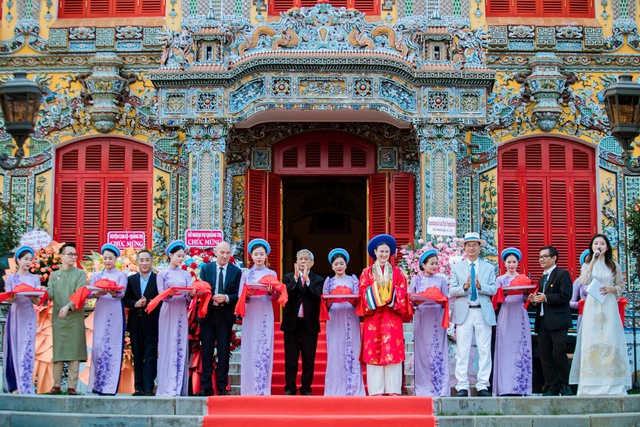
Delegates cut the ribbon to open the exhibition.
PHOTO: MINH DAT
For the first time, 21 precious paintings of King Ham Nghi, gathered from 10 official private collections, were officially displayed to welcome art lovers from all over the country from March 25 to April 6.
Taking the pen name Tu Xuan (meaning Son of Spring), King Ham Nghi has confided in his art his nostalgia for his homeland and his desire to transcend time. Over the past 15 years, King Ham Nghi's paintings have appeared on the French art market, mainly from private collections, descendants of friends to whom he had given paintings. It was from here that Vietnamese collectors began to discover and bring his paintings back.
The exhibition with the theme "Sky, Mountains, Water | Allusive Panorama" not only brings the public to the exiled emperor's painting legacy but also a dialogue between the past and the present, where the colors and lines carry the king's artistic soul, sending his thoughts through painting.
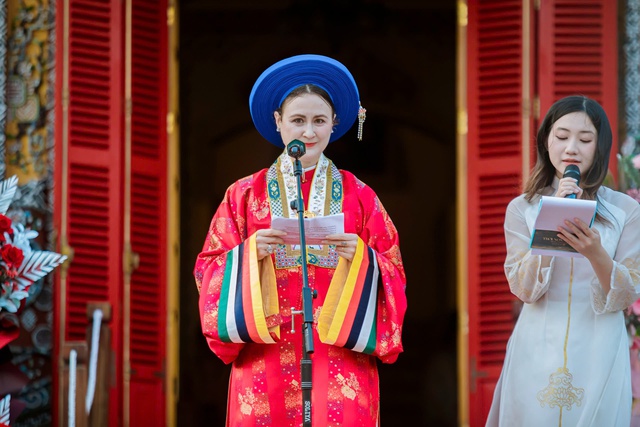
Dr. Amandine Dabat - 5th generation descendant of King Ham Nghi speaks at the exhibition
PHOTO: MINH DAT
The exhibition works are the result of a journey of more than 1 year of diligent searching, confirmation, appraisal, and strict restoration according to international standards by curator Ace Le and Lan Tinh Foundation, in collaboration with Dr. Amandine Dabat (5th generation descendant of King Ham Nghi) and many leading domestic and foreign art units and partners.
In the newly restored space on the second floor of Kien Trung Palace, where works by King Ham Nghi are displayed, each painting opens up a piece of King Ham Nghi's inner world.
For example, Vue de la résidence d'El Biar (View of the Residence at El Biar) depicts his Algiers residence, a peaceful corner in exile. Landscape with Cypresses (Menthon-Saint-Bernard) from 1906 is an image of the French countryside, a place he visited on his travels, expressing the intersection between reality and nostalgia for home. Meanwhile, Shore of the Forest (Lake Geneva) from 1920 has a somber tone, with rich colors evoking the artist's mood before the vastness of nature.
Emotions from the painting of King Ham Nghi returning to the Forbidden City
Mr. Hoang Viet Trung, Director of the Hue Monuments Conservation Center, expressed his thanks and appreciation to Art Republik magazine, Dr. Amandine Dabat (art history researcher, 5th generation descendant of King Ham Nghi) and the French Institute in Vietnam for their effective cooperation over the past time.
"The retrospective of artworks created by King Ham Nghi at Kien Trung Palace is not only an emotional reunion between art and history, but also a profound tribute to the exiled king who did not lose his homeland... Hopefully the exhibition will help the public better understand the life and art of the patriotic king," said Mr. Trung.
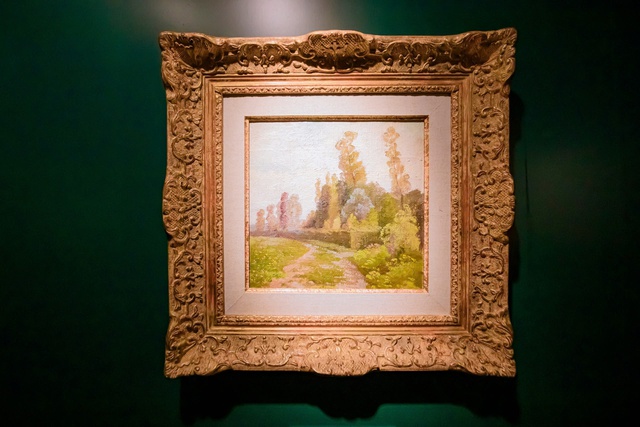
The work Vue de la résidence d'El Biar (view of the residence in El Biar) depicts the place where King Ham Nghi once lived in Alger, a peaceful corner in the midst of exile.
PHOTO: MINH DAT
This exhibition not only marks an important milestone in the journey of heritage preservation, but also serves as a cultural bridge between the two countries, a vivid demonstration of the close cooperation between France and Vietnam in the cultural field.
Mr. Franck Bolgiani, Cultural Attaché of the French Embassy, Director of the French Institute in Hanoi and Deputy Director of the French Institute in Vietnam, said that King Ham Nghi was not only an emperor but also one of the first Vietnamese artists to be formally trained in Western painting.
"By combining French academic techniques with a deep love for nature and his homeland's culture, he created extremely unique works, full of emotion and imbued with nostalgia. Each landscape painting is a subtle narrative about loneliness, resistance and the beauty of the Vietnamese soul. Through this exhibition, we have the opportunity to admire the artistic language of an emperor who, even in exile, knew how to revive the memories and culture of his homeland," said Mr. Franck Bolgiani.

Another painting by King Ham Nghi, pen name Tu Xuan, introduced at the exhibition
PHOTO: MINH DAT
Also within the framework of the opening ceremony, Art Republik magazine introduced to the public issue 7 with the theme "Vision from the Midpoint". Art Republik issue 7 brings new, multi-dimensional perspectives on painting and art with a focus on the journey of searching, curating and creating a unique art space for King Ham Nghi's painting exhibition "Sky, Mountain, Water | Allusive Panorama".
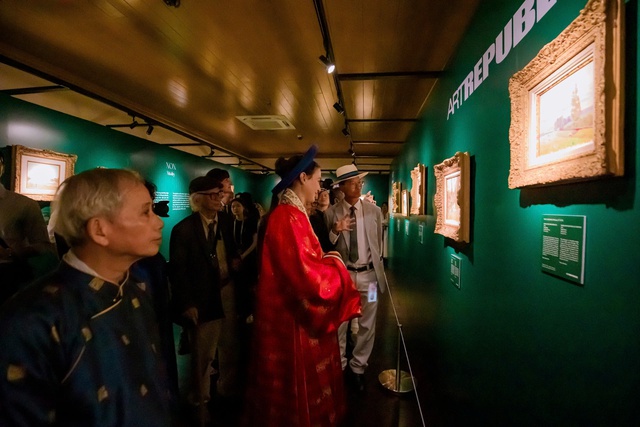
Delegates and public visiting the exhibition
PHOTO: MINH DAT
Sharing more about King Ham Nghi's painting talent, curator, art researcher Ace Le, who is also the Editor-in-Chief of Art Republik magazine, said that Ham Nghi's paintings are a unique combination of artistic talent and love for the country, where he expressed his nostalgia for his homeland and also contained a hidden resistance to the oppression during his exile.
"The former king painted landscapes but in fact he painted love, both personal and public. This is the reason I decided to title the exhibition "Sky, Mountains, Water | Allusive Panorama", inspired by the poem of Ba Huyen Thanh Quan. Ham Nghi is a pioneer and typical example of the Asian-European art exchange approach, absorbing without assimilating, still holding high the flag of identity in his own way. In a Western and market-oriented economy, Ham Nghi and his works have been covered in dust for a long time, and now is the time for us to retell the story in our own language and perspective, as the king did more than a century ago," said art researcher Ace Le.
Source: https://thanhnien.vn/21-tac-pham-hoi-hoa-cua-vua-ham-nghi-tro-ve-co-cung-185250324212514985.htm



![[Photo] Overcoming all difficulties, speeding up construction progress of Hoa Binh Hydropower Plant Expansion Project](https://vstatic.vietnam.vn/vietnam/resource/IMAGE/2025/4/12/bff04b551e98484c84d74c8faa3526e0)

![[Photo] Closing of the 11th Conference of the 13th Central Committee of the Communist Party of Vietnam](https://vstatic.vietnam.vn/vietnam/resource/IMAGE/2025/4/12/114b57fe6e9b4814a5ddfacf6dfe5b7f)


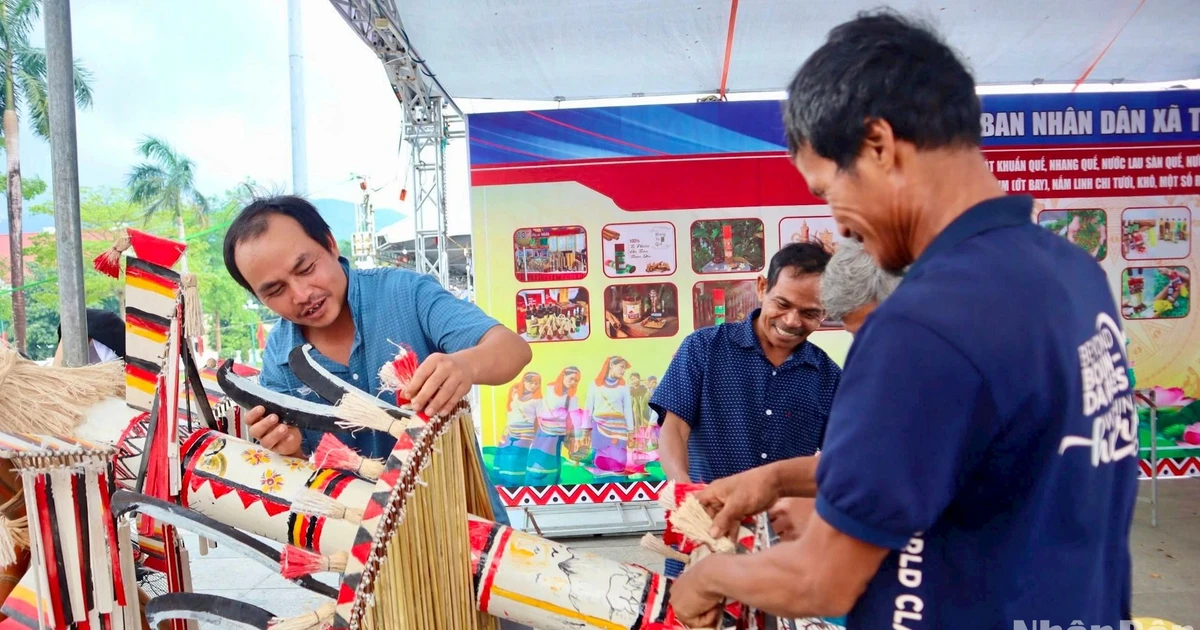

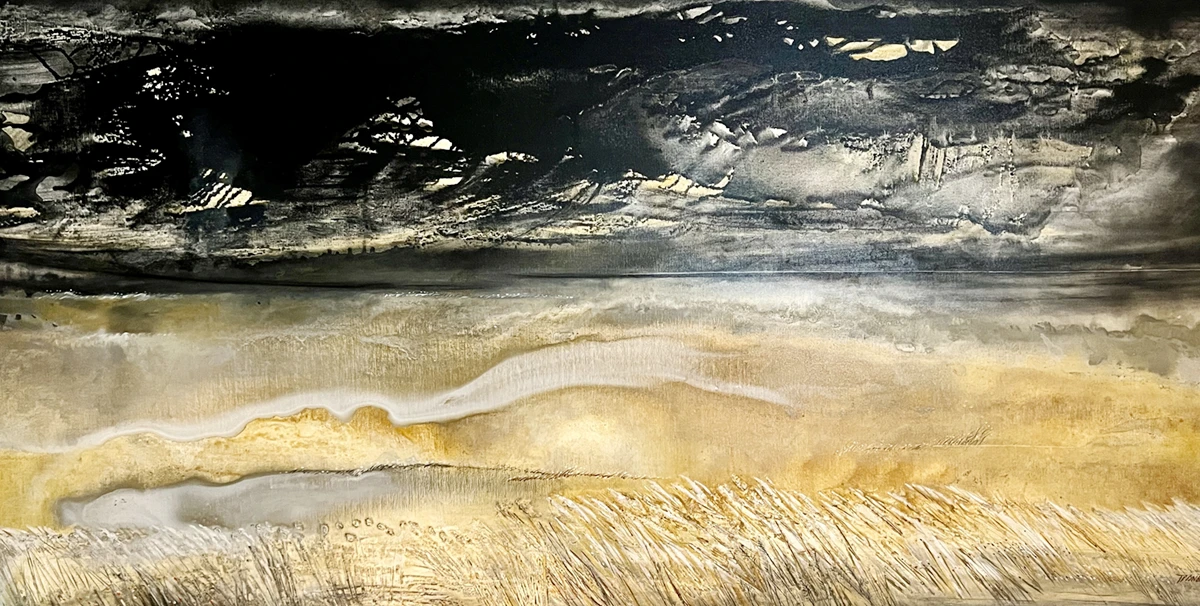
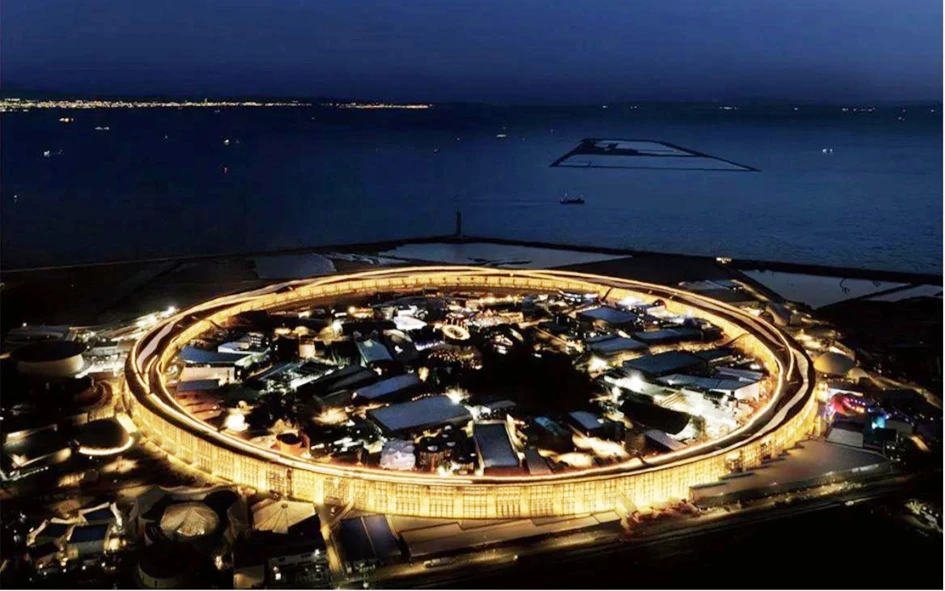





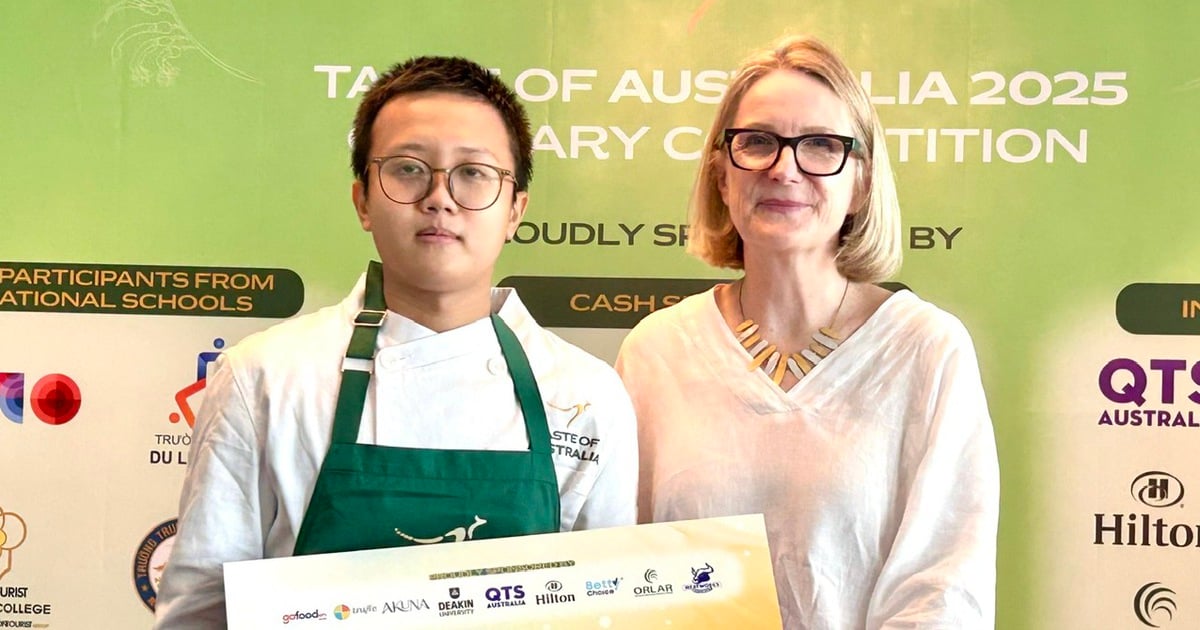


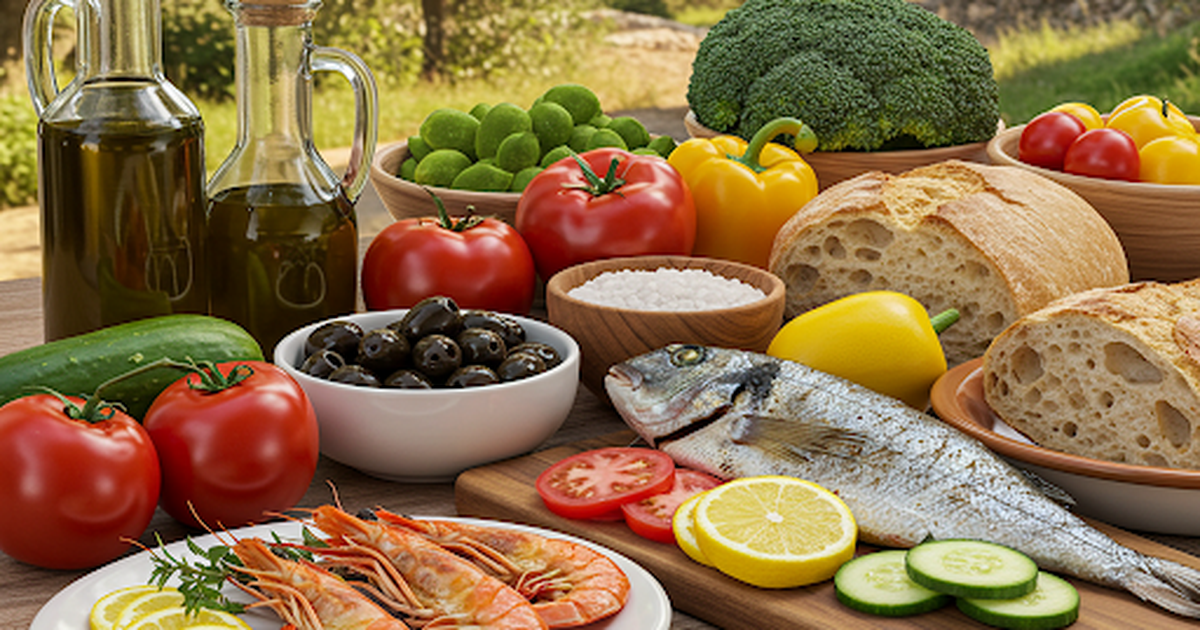
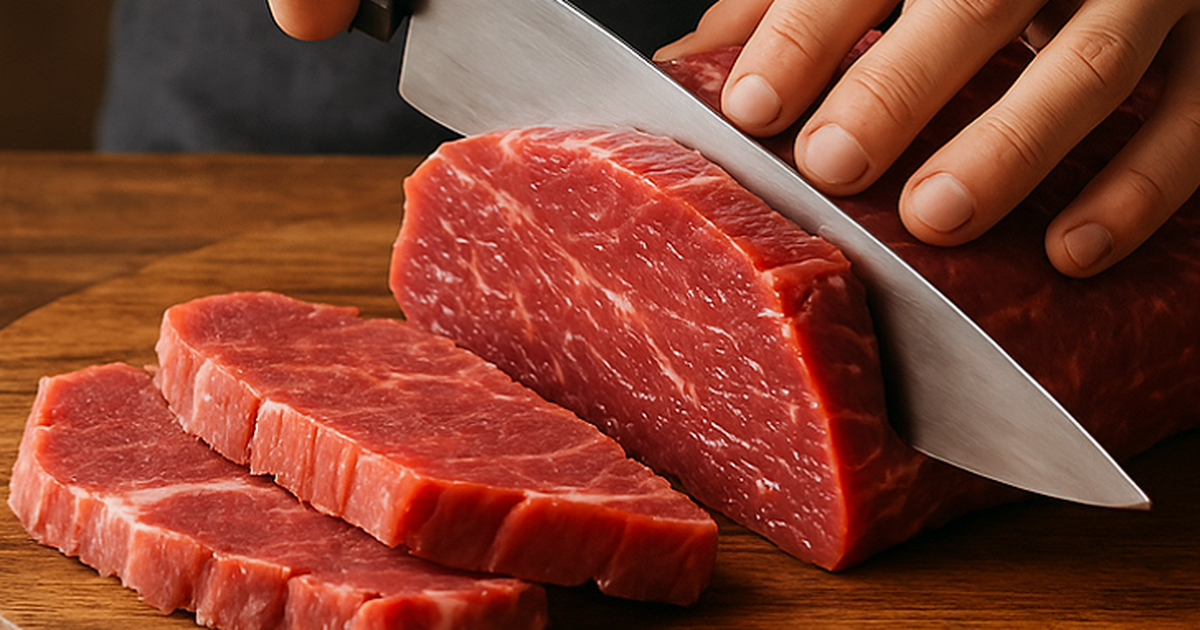














































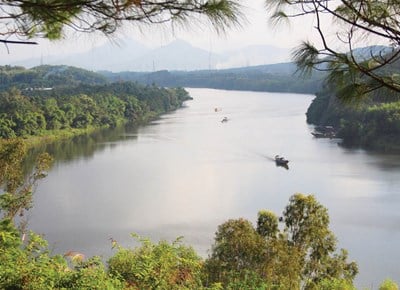



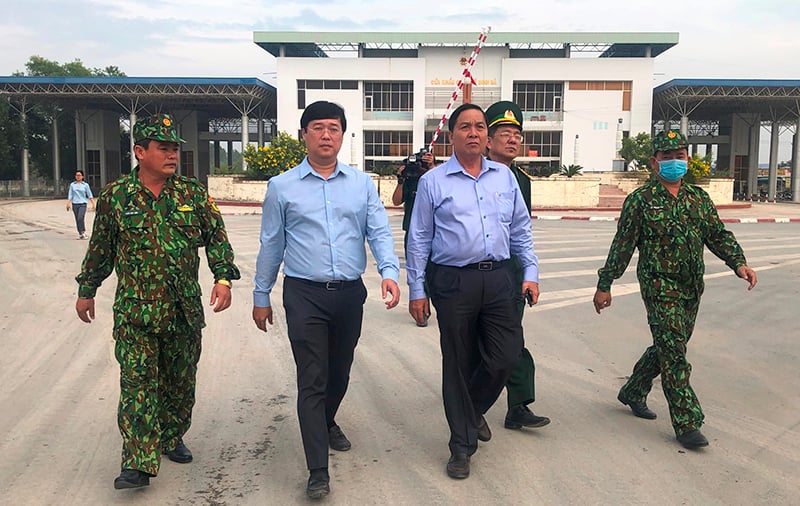


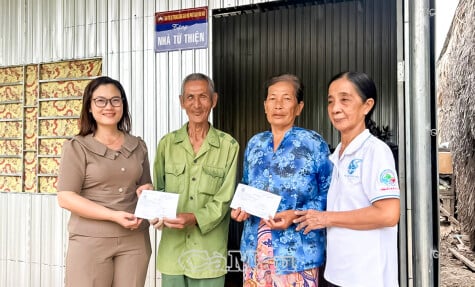












Comment (0)